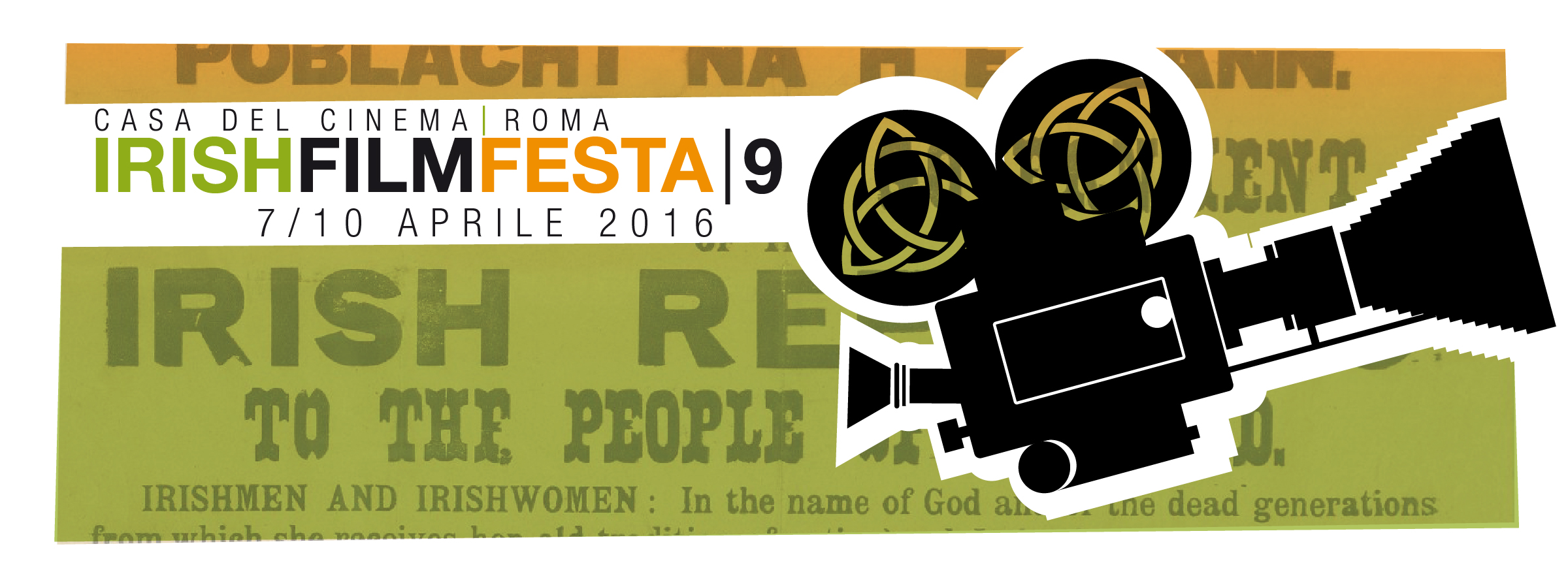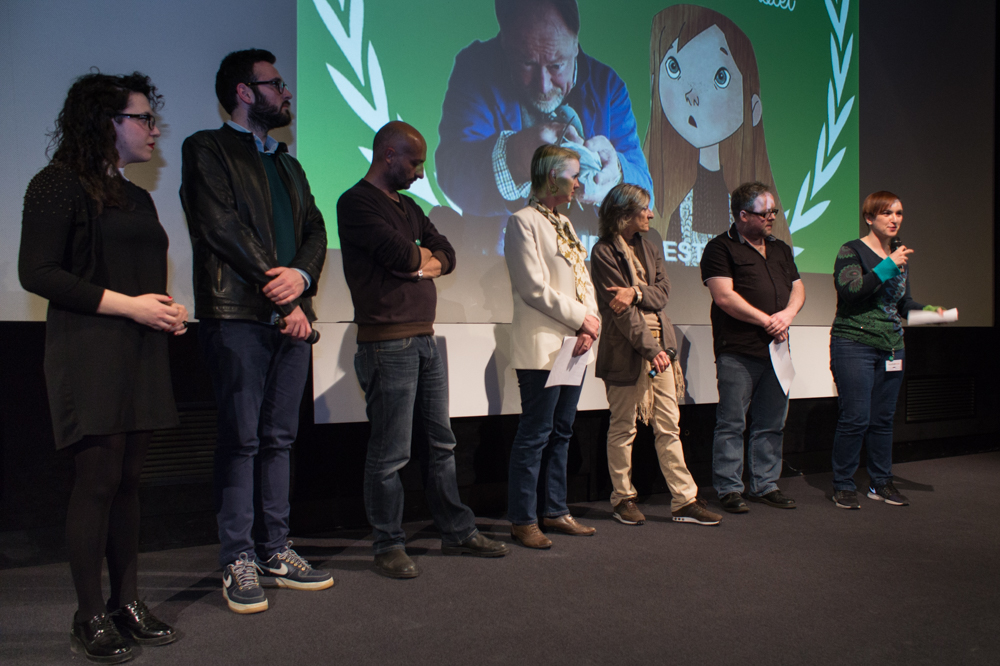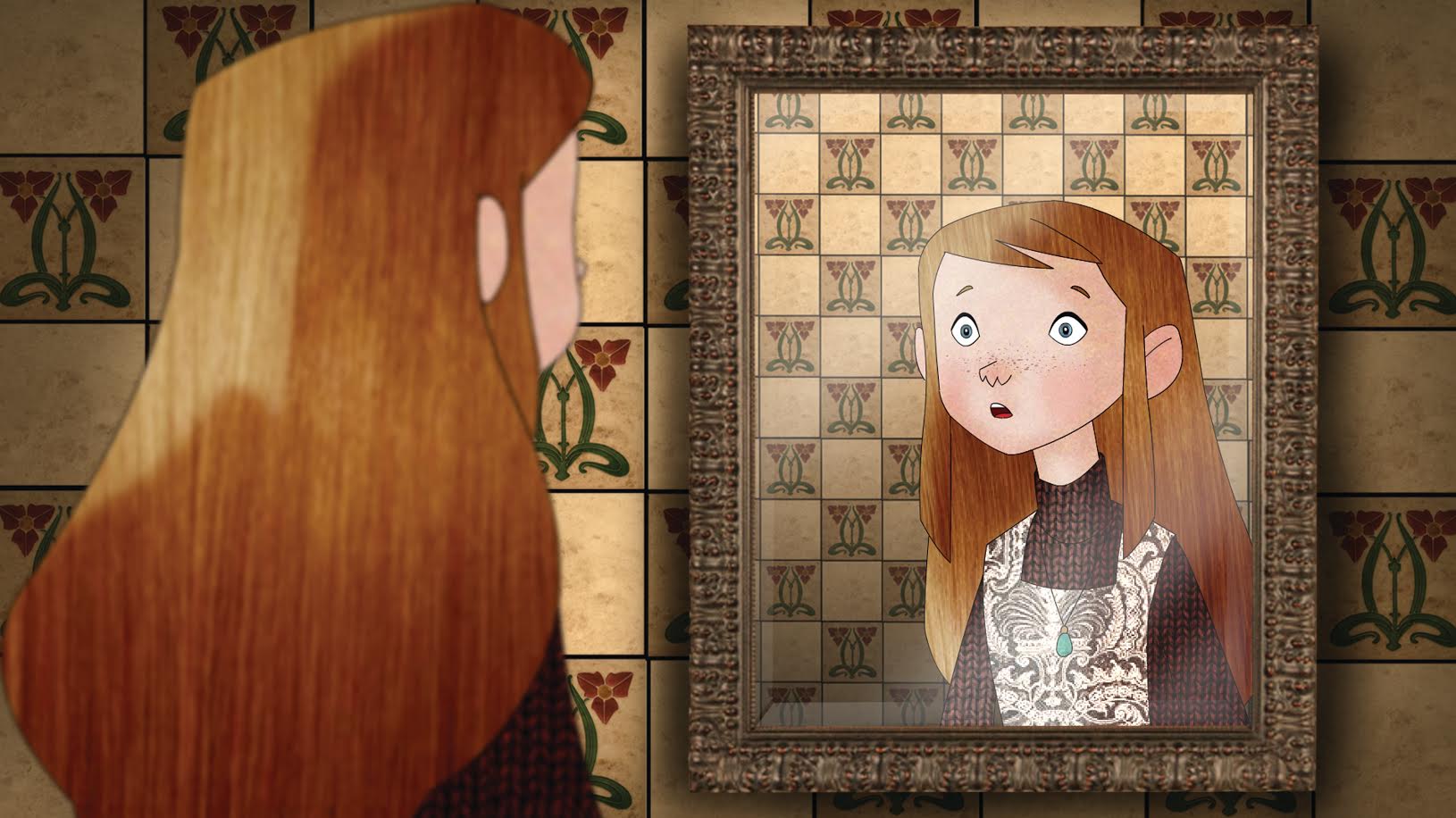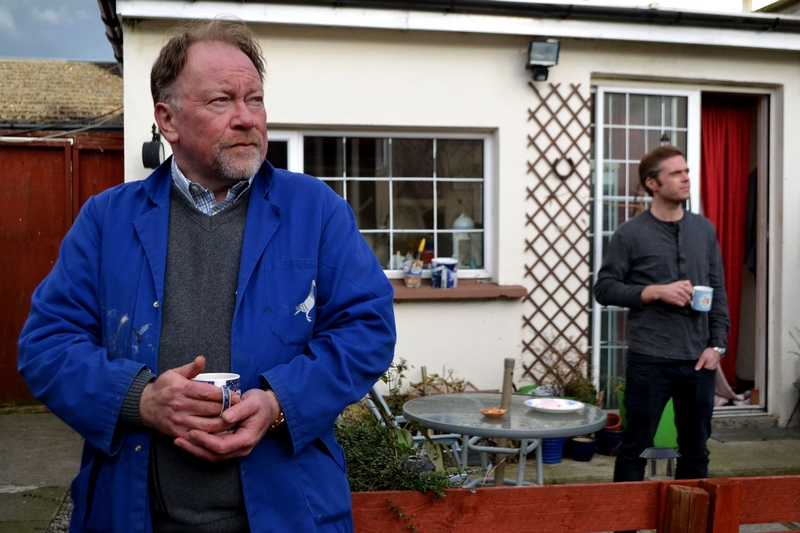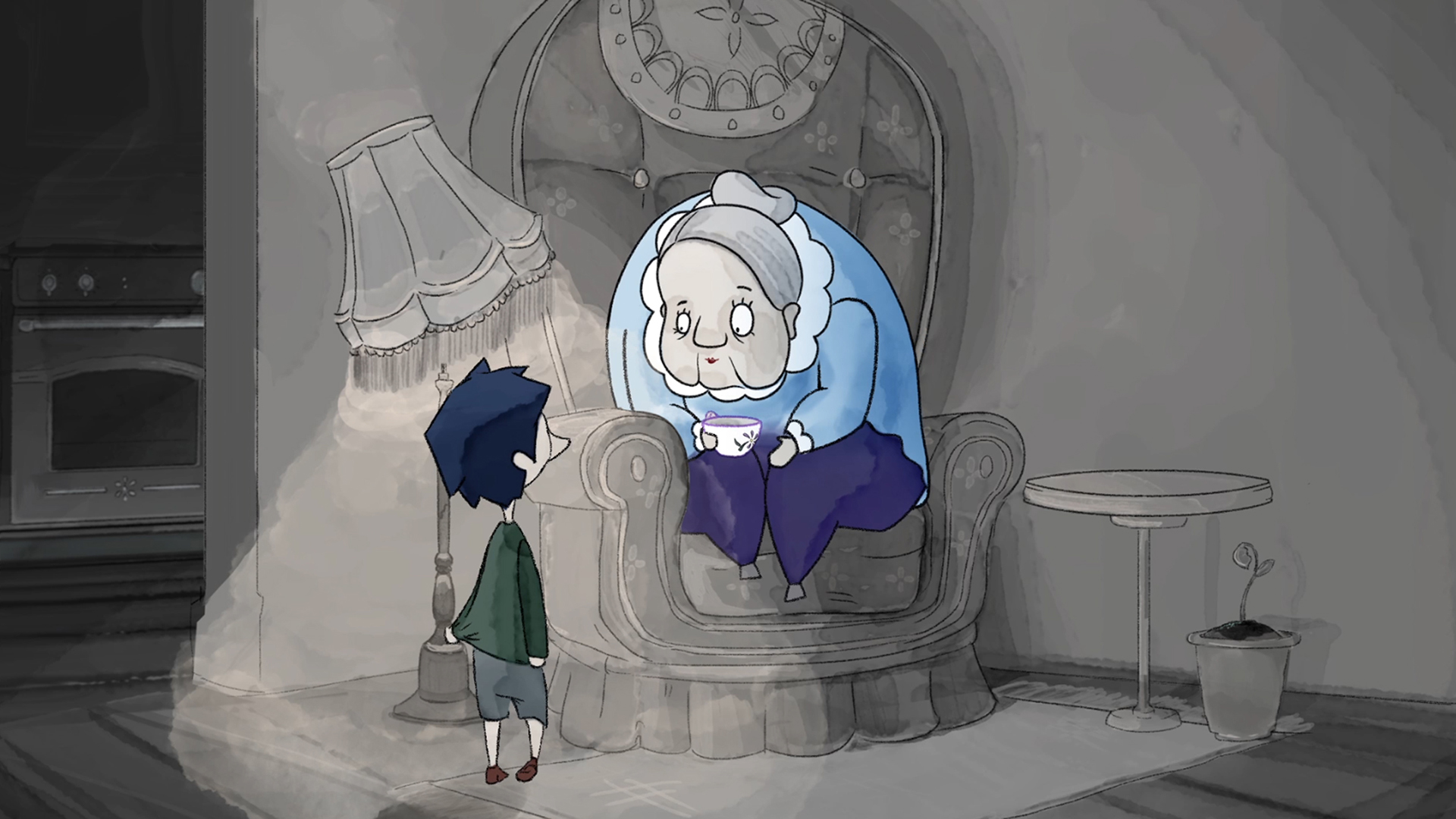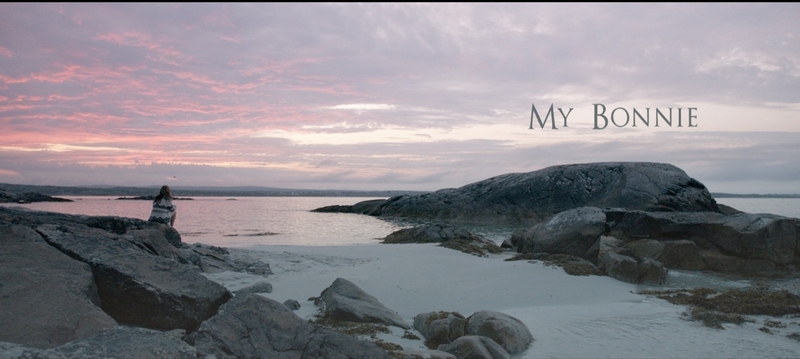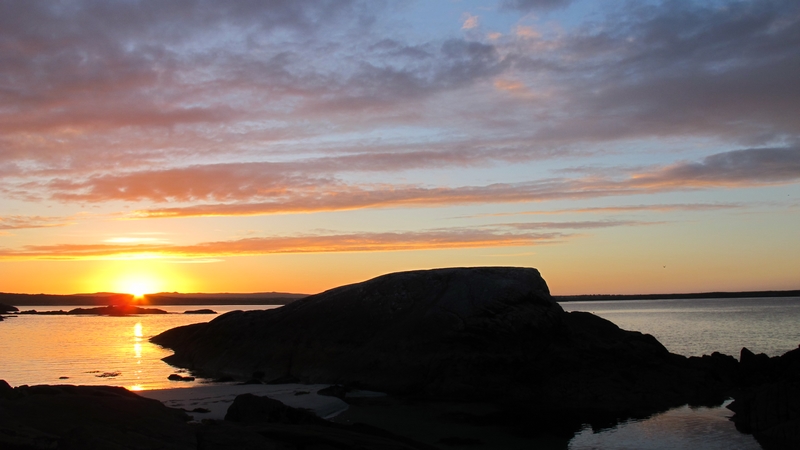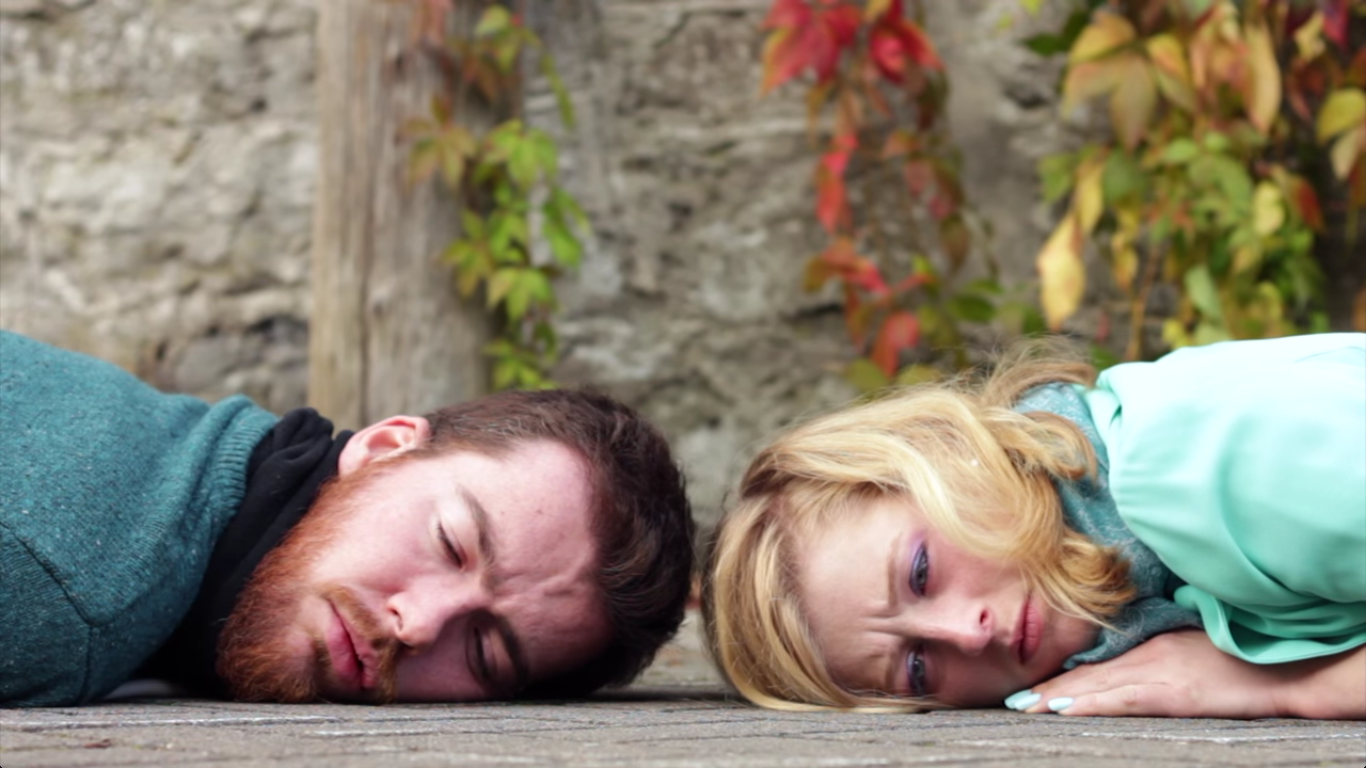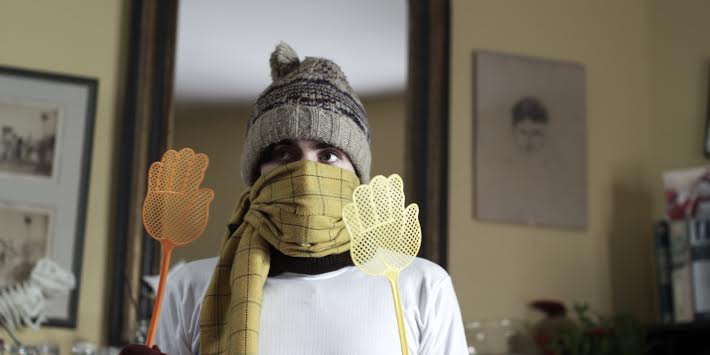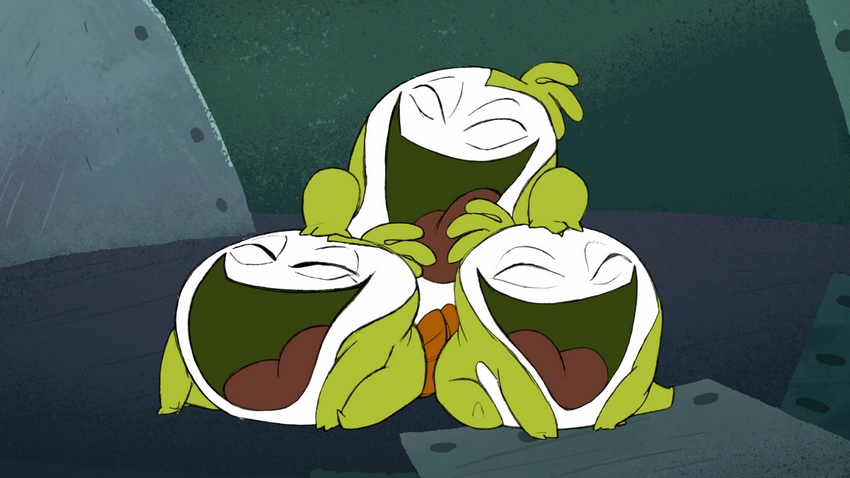
The squeaky hinge gets the oil. But when the squeak escapes the oil its sure to get you! Unhinged by Tom Caulfield is one of the animated short films in competition at Irish Film Festa 2016.
Tom Caulfield worked as animator and character designer on many films, including Cartoon Saloon’s The Secret of Kells, The Book of Life, and Sylvain Chomet’s L’illusionniste.
Here’s our interview with Tom.
How did you come up with the idea for Unhinged?
The idea for Unhinged came about one morning while on my commute to work. I just happened to get on a bus with the squeakiest door in the whole of Dublin. What started out as a mild squeaky annoyance grew to be so distracting I couldn’t even concentrate on the book I was reading. Everytime the doors opened to let passengers on or off the squeak would go right through me. What made it even funny was the bus driver was totally immune to the noises emitting from the hinges.
After getting off the bus, I though the hinges must have really have enjoyed disrupting my usually quiet bus journey and that was the kernel of the idea that eventually evolved into Unhinged.
Can you describe the work you did on the character design of the three squeaky creatures?
The three characters, which I ended up calling Creakers by the end of the production, went through a few design passes. At one point they were musical instruments, then they were just dots with eyes. They were even like little insects at one point. All of those ideas fell by the wayside once I figured out what these little creakers were about. FUN! Just like I imagined the hinges on the bus having a great time making me sit through their metallic chorus, these characters had to be having that same type of fun. So I used big, chunky, fun shapes for the final designs. Of course their main noise making instrument is their mouth. With that in mind I kept all the features close to the top of the head and gave a pretty large belly that would give room for a mouth that could open extremely wide.
The Creakers color scheme is based off the Irish Flag: Green, for their skin; White, for their bellies; and lastly, Gold for the tails.
Unhinged is a great example of classical animation, completely based on action and physical expressions: did you have any particular source of inspiration?
The main source of inspiration for this short was everyday life. Had I not have gotten on that bus I probably would have never came up this little story. My real life reaction to the hinge squeaking on the bus has been transferred in to the doorman in the short. There is one shot in the short where the hotel guests don’t react to the sound, that was just like me on the bus, for some reason it didn’t seem to bother anyone else. Its little tidbits like that, I feel inspire shots or incidents in your work.
For the animation side of things, having been brought up on copious amounts of Saturday morning cartoons, Disney films and the Muppets. I ended up studying classical animation for a few years in Dublin. I wanted the short to be a visual story with realistic characters, so the Disney films forced me to try reach that level of character acting. So there has been years of influences gone in to this short, but ultimately I wanted to celebrate animation and just what it can do and how fun it can be.
What better medium to bring you in side a hinge or a blob of oil?

